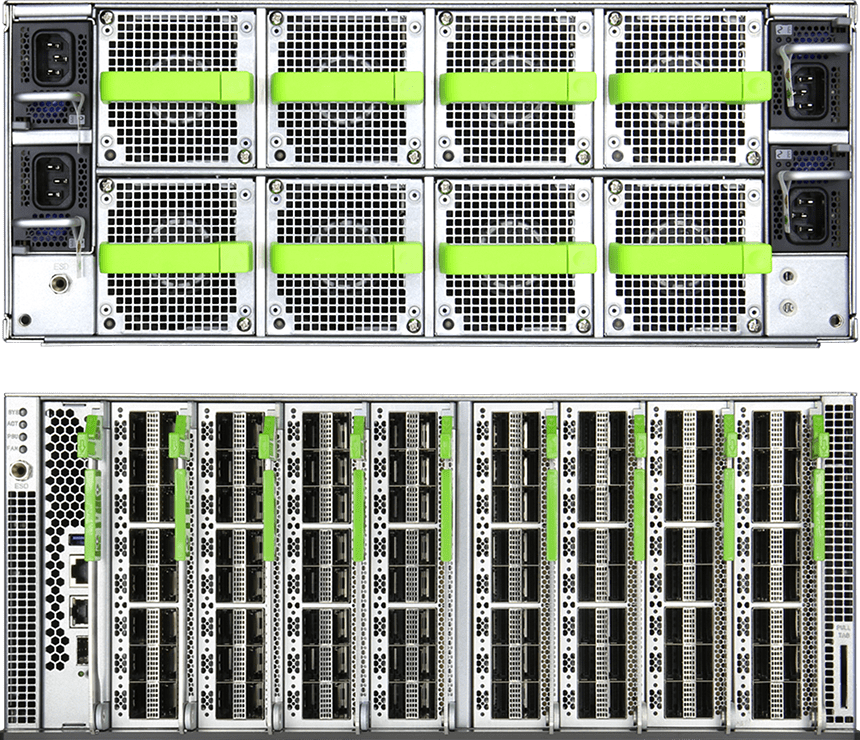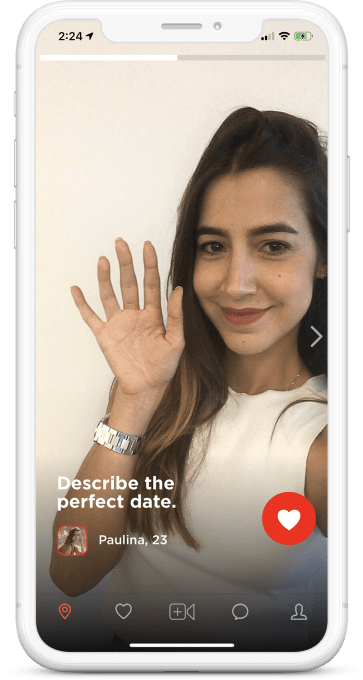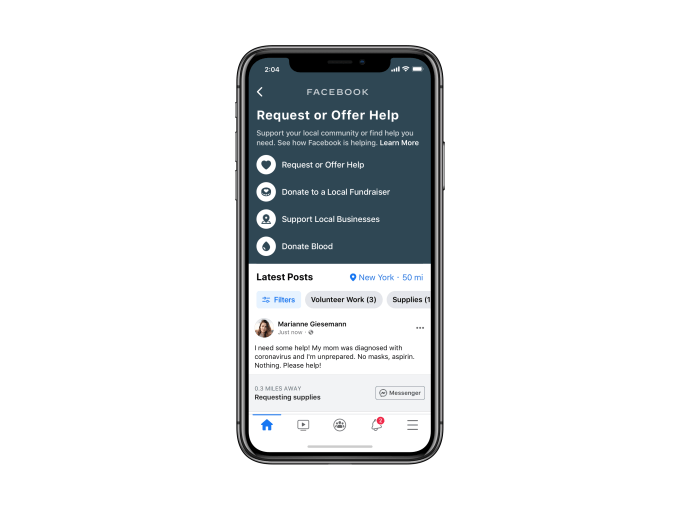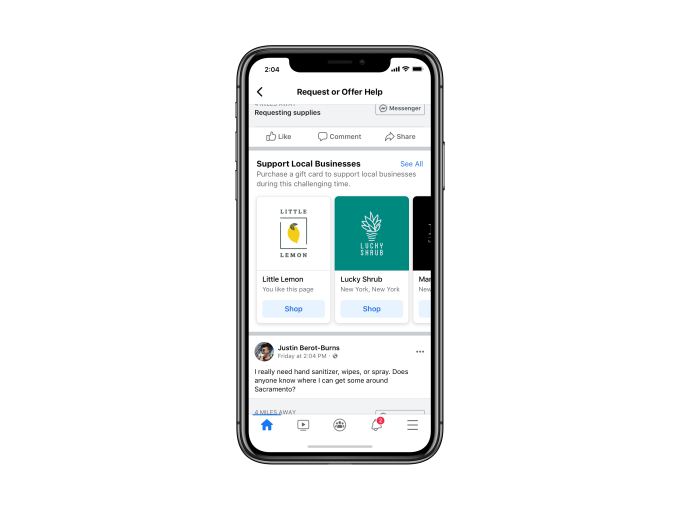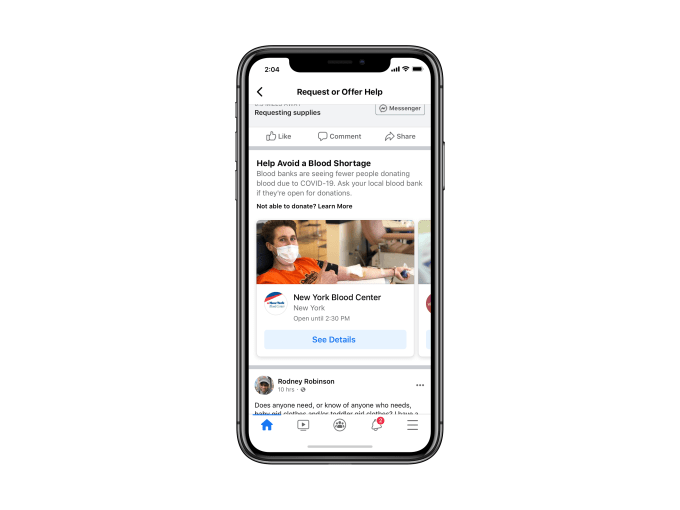The ongoing COVID-19 pandemic is resulting in big shifts across industries, but the development of more long-term solutions that address a future in which what we need to do is mitigate the impact of the new coronavirus seems like a worthwhile place to invest time and effort. Projects like a new one from Northwestern University researchers working with the Shirley Ryan AbilityLab in Chicago that resulted in a wearable to potentially provide early warnings to COVID-19 patients are a prime example of that kind of work.
The wearable is designed to be worn on the throat, and it’s already in use by around 25 individuals, who are providing early data via at-home and in-clinic monitoring about its effectiveness. The hardware involve monitors coughs and respiratory activity, and then feeds that into a set of algorithms developed by the research team that can identify what might be early symptoms of COVID-19, and potential signs that the infection is progressing in a dangerous way that could require more advanced care.
The gadget is designed to be worn around the clock, and provides a continuous data stream. This has the advantage of providing insight as it becomes available, instantly, instead of relying on regular check-ins, or waiting for when symptoms are clearly bad enough that someone needs additional help, at which point it’s usually past the stage of early intervention. The wearable essentially looks like a thin bandage the size of a postage stamp, and it can monitor not only cough sounds and frequency, but also chest movements, heart rate, body temperature and respiratory rate.
It’s tuned specifically to what health experts have generally tagged as the most common early symptoms of COVID-19, which include fever, coughing and problem breathing. The ‘suprasternal notch,’ which the technical name for the site on the throat where the wearable rests, is “where airflow occurs near the surface of the skin” through the respiratory pathways of the body, according to Northwestern researcher John A. Rogers who led the device’s development team.
This hardware can potentially be useful in a number of ways: First, it’s a valuable tool for frontline healthcare workers, offering them what will hopefully be an early warning sign of any oncoming illness, so that they can avoid infecting their colleagues and get the treatment they need as efficiently as possible. Second, it could be used by those already diagnosed with COVID-19, to potentially provide valuable insight into the course of the infection, and when it might be getting worse. Third, it could eventually also be used to tell scientists working on therapies what is working, how, and how well with live information from test subjects both in-clinic and at home.
The device is also relatively easy to produce, with the team saying they can do-so at a rate of around hundreds per week, without even needing to lean very heavily on outside suppliers. That’s a considerable advantage for any hardware that might need to be leveraged in volume to address the crisis. Plus, people can wear it almost unnoticed, and it’s very easy to use both for clinicians and patients.
There are other projects in the works to see how devices that monitor biometrics, including the Oura ring, and the Kinsa thermometer, can help contain the epidemic. The researchers behind this wearable have spun up an engineering company called Sonica to manage their device’s development, and will now be working with various agencies (including through funding by BARDA) to deploy it in more places, and see about potentially productizing the wearable for wide scale use.

